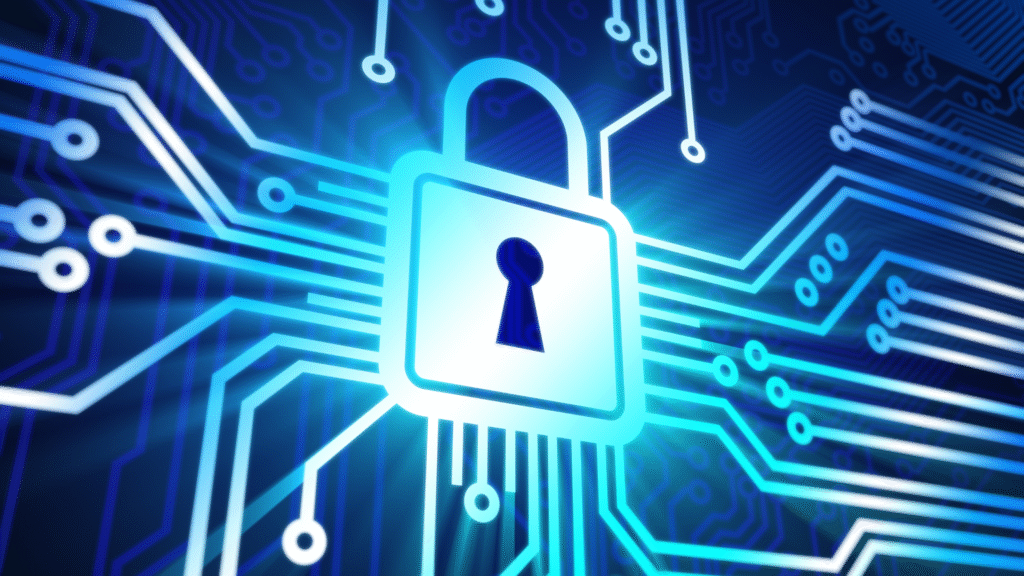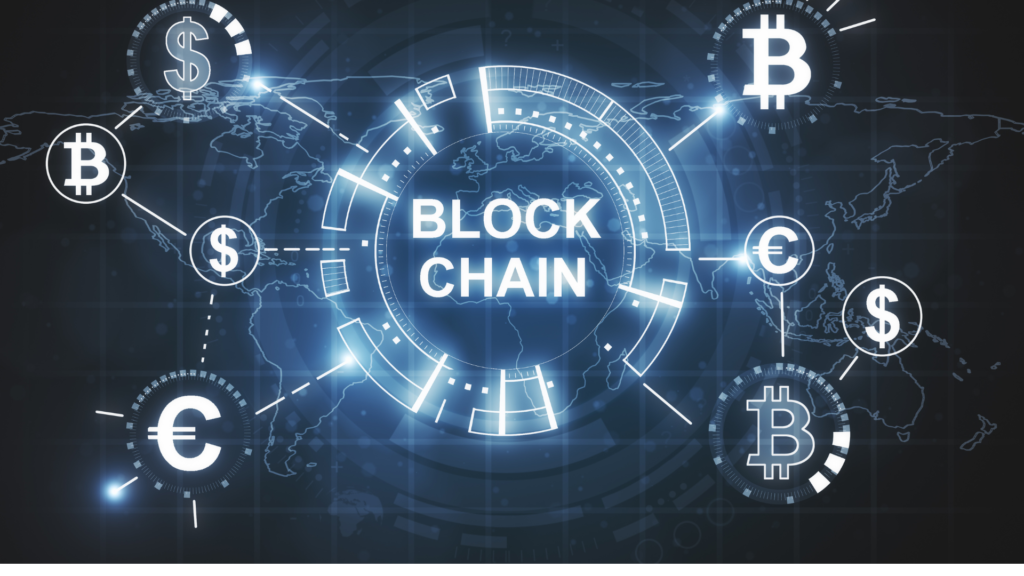The rise of security tokens marks a pivotal moment where investment meets regulation in the digital-asset world. These digital instruments bring together the traditional rights of securities—such as ownership claims, dividends, or profit-sharing—with the technological innovation of blockchain and distributed ledger technology (DLT). As capital markets look for more efficient, flexible ways to raise funds and manage assets, security tokens present a potent alternative—and one that regulators are watching closely.
Understanding Security Tokens
Security tokens are digital versions of real-world financial assets such as company shares, real estate, or debt instruments. They function like traditional securities but exist on blockchain technology, enabling faster transactions and transparent ownership records. Unlike utility tokens that provide access to a service or product, security tokens grant holders legal rights — such as dividends, profit sharing, or voting power — under existing securities laws. In essence, they combine the trust and legal recognition of regulated assets with the speed and efficiency of blockchain networks.
By tokenizing real assets, businesses can raise capital in a modern, compliant manner while investors gain access to transparent, verifiable ownership. Every transfer, record, or trade involving a security token is logged on a blockchain, creating a permanent and auditable history. This eliminates much of the complexity, paperwork, and intermediaries that slow down traditional financial systems.
Why Security Tokens Are Gaining Popularity
The global financial system is moving toward digital transformation, and security tokens sit at the center of that change. Their rising popularity stems from their ability to simplify processes, increase access, and improve trust. Blockchain allows instant verification and near-instant settlement of trades that used to take days. Smart contracts — self-executing programs built into the blockchain — can automate key actions such as dividend payouts, investor verification, and compliance checks. This automation not only cuts costs but also minimizes errors and delays, making investment more efficient.
Accessibility is another major advantage. In traditional finance, investing in assets like commercial real estate, private equity, or fine art required large capital. Tokenization breaks these barriers by dividing such assets into smaller, tradable units. Now, investors can buy fractional shares of high-value assets, and issuers can tap into a global pool of participants. This democratization of access is one reason why the rise of security tokens has drawn interest from both large institutions and individual investors.
Transparency and trust further strengthen the case for adoption. Blockchain records are immutable, meaning once a transaction is entered, it cannot be altered or deleted. This permanent record reduces fraud and increases confidence among stakeholders. Regulators also find value in blockchain’s traceability, as it simplifies audits and compliance monitoring.
Regulation and Compliance
Regulation is central to the success of security tokens. Unlike cryptocurrencies that operate in relatively unregulated environments, security tokens must comply with the same legal standards as traditional securities. In the United States, the Securities and Exchange Commission (SEC) defines them under the Howey Test, meaning if a token represents an investment with the expectation of profit driven by others, it qualifies as a security. Issuers must therefore register or seek exemptions under existing frameworks such as Regulation D, Regulation A+, or Regulation S.
In the European Union, security tokens are regulated under the Markets in Financial Instruments Directive II (MiFID II), which treats them as transferable securities. Singapore, Switzerland, and the UAE have also introduced tailored guidelines for tokenized securities, reflecting growing acceptance among global regulators. This regulatory clarity is crucial because it provides investors with legal protection and ensures that tokenized assets operate within recognized financial systems. The Rise of Security Tokens continues to gain credibility largely due to this alignment between innovation and regulation.
Security Token Offerings (STOs)
A Security Token Offering, or STO, is a fundraising model that allows companies to issue tokens representing ownership or debt on a blockchain while remaining compliant with securities laws. Unlike the early Initial Coin Offerings (ICOs), which often lacked transparency and legal structure, STOs offer a regulated and secure method of raising capital. Issuers benefit from lower costs, faster issuance, and global investor reach, while investors gain rights similar to those of traditional shareholders — all recorded digitally and transparently.
STOs are now being used for diverse assets, including real estate, private company equity, and venture capital funds. For example, a property developer can tokenize a building and sell digital shares to investors worldwide, each representing a fraction of ownership. This model creates liquidity in markets that were traditionally illiquid, enabling investors to buy or sell their digital shares more easily.
Benefits of Security Tokens
The rise of security tokens offers several benefits that address long-standing inefficiencies in traditional finance. For issuers, blockchain drastically reduces costs associated with intermediaries such as brokers, transfer agents, and clearing houses. Smart contracts handle most of these roles automatically, ensuring transactions follow regulatory rules without the need for constant human oversight. This makes capital raising faster and more affordable.
For investors, the benefits include transparency, security, and global accessibility. Blockchain’s immutable record allows investors to verify ownership at any time, ensuring greater confidence in their holdings. Tokens can be traded globally, giving investors exposure to international opportunities without the limitations of geography. Fractional ownership also lowers entry barriers, making it easier for individuals to diversify their portfolios.
Another key advantage is liquidity. Traditionally, private investments in real estate or startups require years before investors can exit. With tokenization, secondary markets are emerging where security tokens can trade much like stocks, giving investors flexibility to sell or transfer their holdings. Although these markets are still developing, they signal a future of increased liquidity for private assets.
Challenges and Risks
Despite their promise, security tokens face real-world challenges. Regulatory differences between countries can make cross-border trading complex. Each jurisdiction defines and governs tokens differently, and issuers must ensure compliance wherever they operate. Market liquidity, while improving, remains limited as secondary trading platforms are still evolving.
Technological risks also exist. Blockchain systems can face vulnerabilities such as smart contract bugs, wallet hacks, or operational failures. For investors, the digital nature of tokens requires secure storage solutions and an understanding of private key management. Awareness and education remain critical as many traditional investors are still unfamiliar with tokenized assets and how they fit into regulated portfolios.
Another challenge lies in interoperability. With multiple blockchains being used for token issuance, seamless transfers between networks are not always possible. This fragmentation can slow adoption until more unified standards emerge. The Rise of Security Tokens depends not only on technology but also on consistent regulatory support and investor trust.
The Future of Security Tokens
The future of security tokens appears promising as both governments and financial institutions embrace digital transformation. Traditional players such as banks, asset managers, and exchanges are beginning to experiment with blockchain to modernize their operations. Regulators are recognizing the potential of tokenized securities to improve transparency, efficiency, and investor protection.
As frameworks mature, we can expect a new wave of tokenized assets across sectors including real estate, venture capital, and commodities. The integration of digital identity verification, automated compliance, and global market access will make investment faster, safer, and more inclusive. Over time, tokenized securities could coexist alongside traditional financial instruments or even replace them as the standard for capital formation.
The Rise of Security Tokens is therefore not a temporary trend but a long-term transformation in how financial markets function. By combining the reliability of regulation with the innovation of blockchain, this model redefines trust, ownership, and participation in the global investment ecosystem.
Security tokens represent the next logical step in the evolution of finance. They combine regulatory compliance with technological efficiency, providing a modern alternative to traditional investment systems. As blockchain becomes more integrated into global finance, tokenization will continue to expand access, reduce costs, and increase transparency. The Rise of Security Tokens ultimately reflects how innovation and regulation can work together to build a more open, secure, and efficient financial future.
Frequently Asked Questions (FAQs)
1. What is a security token?
A. A security token is a blockchain-based digital representation of an asset such as equity, debt, or real estate that complies with securities laws and provides legal ownership rights to investors.
2. How are security tokens different from cryptocurrencies?
A. Cryptocurrencies serve as decentralized currencies or utility assets, while security tokens represent ownership in regulated assets, giving holders rights such as dividends or voting power.
3. Are security tokens legal?
A. Yes, they are legal in many jurisdictions as long as they comply with local securities regulations. The United States, European Union, Singapore, and UAE have established clear guidelines for tokenized securities.
4. What are the benefits of investing in security tokens?
A. Investors gain access to global opportunities, fractional ownership of valuable assets, improved transparency, and the possibility of faster, lower-cost transactions.
5. What is the future of security tokens?
A. As technology and regulation continue to align, security tokens are expected to become a standard method of raising and trading capital worldwide, merging the efficiency of blockchain with the assurance of traditional finance.



